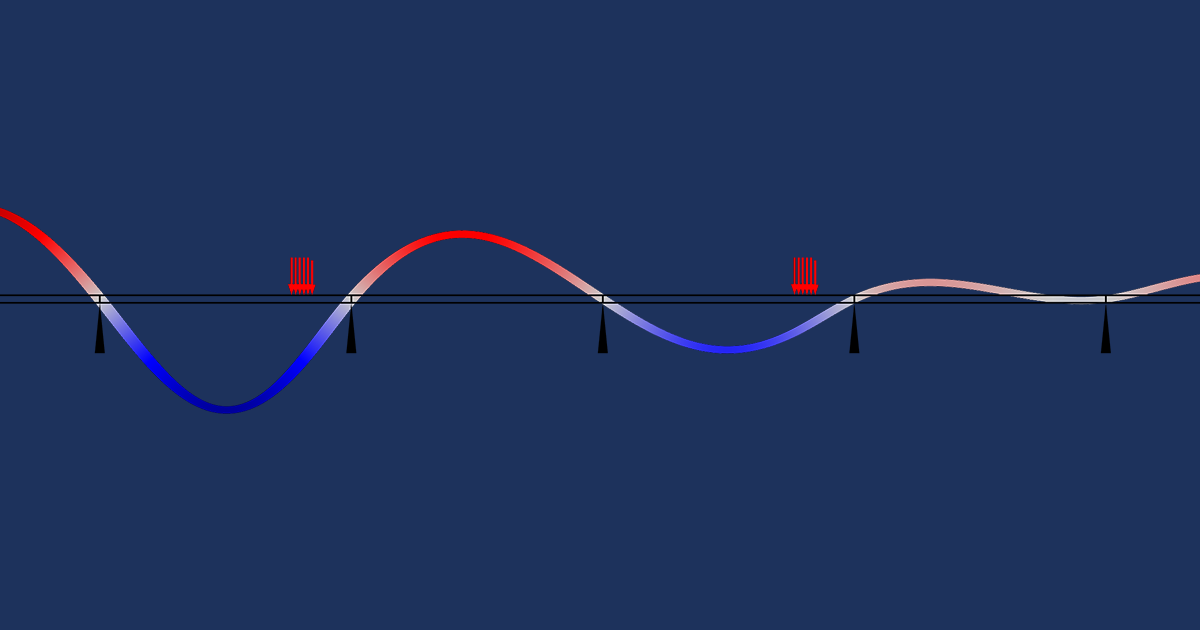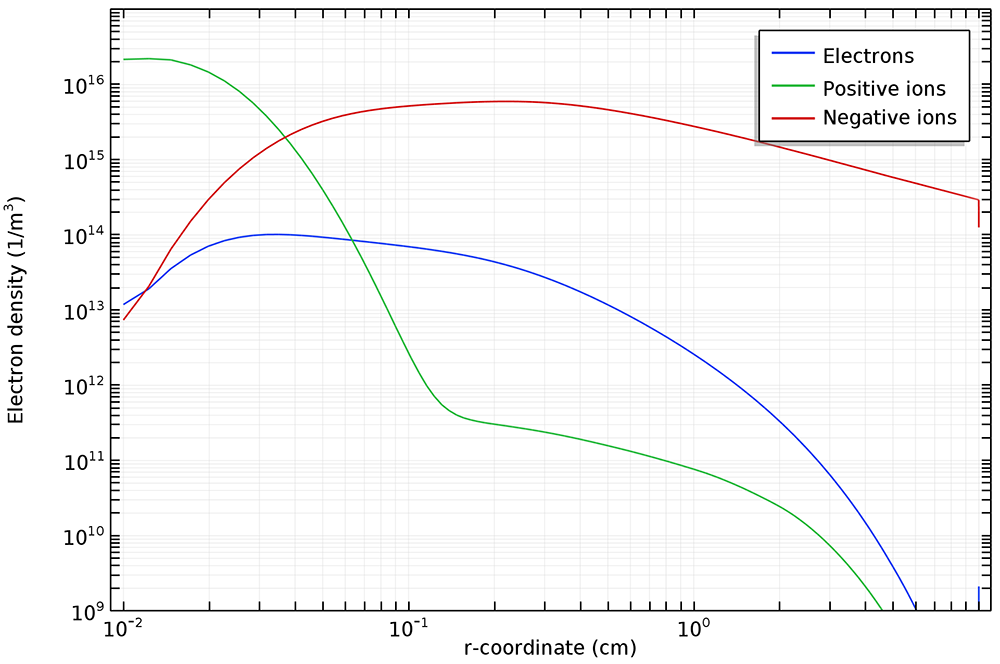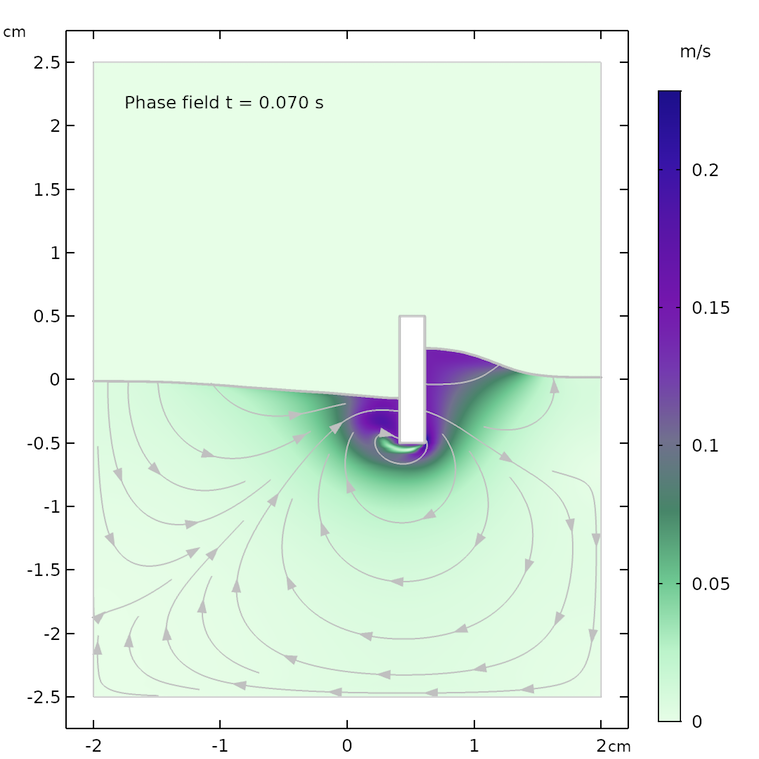
Electron diffusivity, which has two columns for the Mean electron energy and the Electron diffusivity.Electron mobility, which has two columns for the Mean electron energy and the Electron mobility.When the interface property Use reduced electron transport properties is inactive and when Electron transport properties is set to Use lookup tables, then four tables are available for:

When the Species is an Ion and the Mobility and Diffusivity Expressions are set to Specify mobility, compute diffusivity, then the Ion mobility can be specified in terms of the Reduced electric field.When the Species is an Ion and the Mobility and Diffusivity Expressions are set to Specify mobility, compute diffusivity, then the Ion mobility can be specified in terms of the Electric field.When Specify reaction using is set to Use lookup table and Rate constant form is set to Townsend coefficient, a table of Mean electron energy and Townsend coefficient data is available.When Specify reaction using is set to Use lookup table and Rate constant form is set to Rate coefficient, a table of Mean electron energy and Rate coefficient data is available.When Specify reaction using is set to Cross section data, a table of Electron energy and Collision cross section data is available.Units are now available in the following features. It is now possible to change the units of the data in the two columns of a table in the plasma interfaces. To enable global modeling, select the Global option from the Diffusion model drop-down menu, and then choose between the available reactor types:Īpplication Library paths for examples using the From electron impact reactions option: Plasma_Module/Direct_Current_Discharges/argon_dbd_1d Plasma_Module/Inductively_Coupled_Plasmas/electrodeless_lamp Unit Support for Tables in the Plasma Interface This allows complex reaction chemistries to be tested and verified before running space-dependent models, while the reactor geometry, surface chemistry, and feed streams are all still taken into account. Global modeling reduces the degrees of freedom for your models through applying ordinary differential equations to your plasma model. To facilitate your modeling of plasma processes, a new Global diffusion model now enables you to perform initial analyses of your processes, before optimizing them with more accurate modeling. In this way, Neumann boundary conditions may be expressed in this unit.User interface for the Boltzmann DC Glow Discharge example app showing the results of the simulation.Īpplication Library path: Plasma_Module/Applications/boltzmann_dc_discharge Global Modeling for Initial Analyses of Plasma Processes (For convenience, we have also multiplied the sum by F so that we get an expression with the unit of A/m 2 i.e., the total current density. In the case of Nafion®, the immobilized ions are \mathrm_i =0 The key feature of the ion-exchange membrane is the immobilized ions that are fixed to the backbone and located on the internal pore walls. The pores, swelling when in contact with water, are in the range of nanometers. This material looks perfectly transparent and homogeneous, but the matrix is made of a transparent polymer backbone.

This may sound completely wrong to anyone who has seen, for instance, a Nafion® membrane, one of the most common polymer electrolyte materials.

In this blog post, we will explore the ion-selective capabilities of ion-exchange membranes.Īn ion-exchange material is typically modeled as a porous medium consisting of a fixed matrix with the pores filled up with water and additional mobile ions. The ability to promote the passage of ions of either positive or negative charge is also used in electrodialysis for cleaning water from ions. In polymer electrolyte fuel cells and vanadium flow batteries, they are used to conduct ions and at the same time prevent reactants and electrons from crossing between the two flow compartments.

Ion-exchange membranes are widely employed within the field of electrochemical engineering.


 0 kommentar(er)
0 kommentar(er)
